Travel writer Janice Nieder is A Kiwi in Alabama. Part 4 takes us to Gee’s Bend and the Marion area.
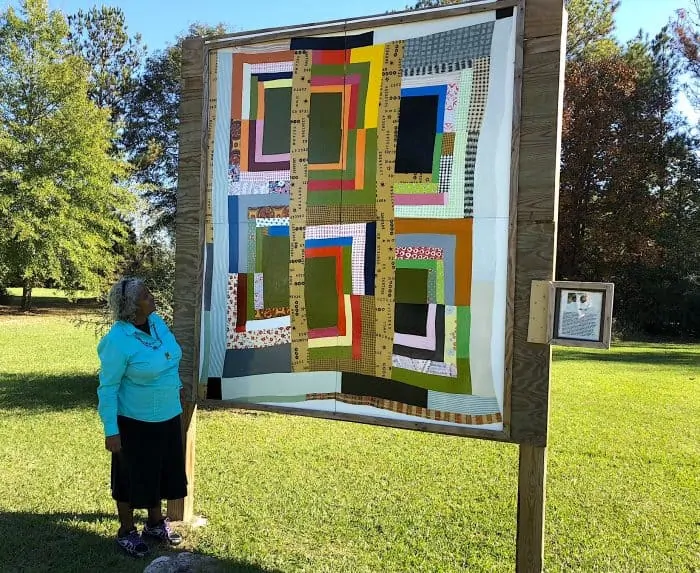
As comfy as our stay was, Jules could barely sleep a wink last night since after flying over 8,000 miles to get here she was finally going to meet some of the quilters who had sewn what The New York Times called “some of the most miraculous works of modern art America has produced,”
I had last visited the G.B. Quilters about six years ago and I was dying to see how my two favorite ladies from last time were doing. When I barged in for a big hug I have to admit I was a little sad that they didn’t remember me, although Mary Anne Pettway was quick to point out that they had had many visitors since then and that most days they were lucky if they remembered their own names.
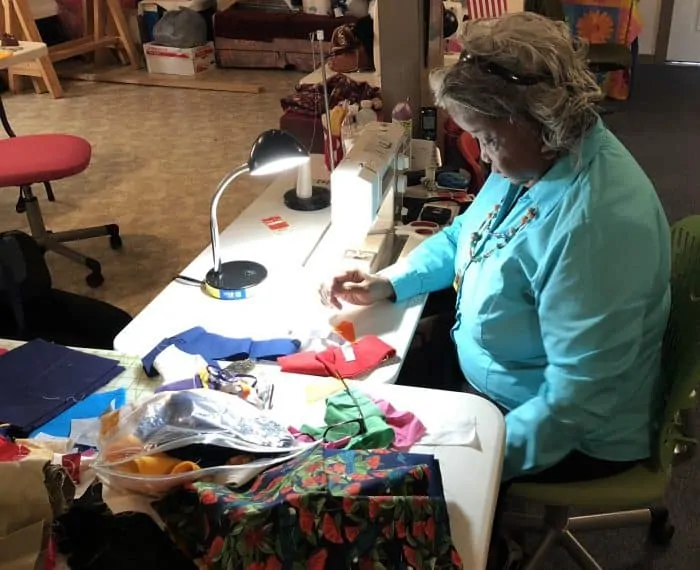
However after I showed them a couple photos from before Mary Anne said, “Oh, sakes alive, I do remember you. You brought us those itty-bitty lil’ gold thimbles and those tasty chocolates,” and broke into gales of laughter.

I was thrilled to find out that her one-of-a-kind, $25,000 quilt, “The World’s Only U.S. Postal Office Uniform Quilt” was bought by The Smithsonian Museum.
“But,” Mary Anne whispered, ”I didn’t make them pay the full price.”
Although not many of the younger generation want to learn quilting, Mary Anne’s teenage grandson is showing great promise.
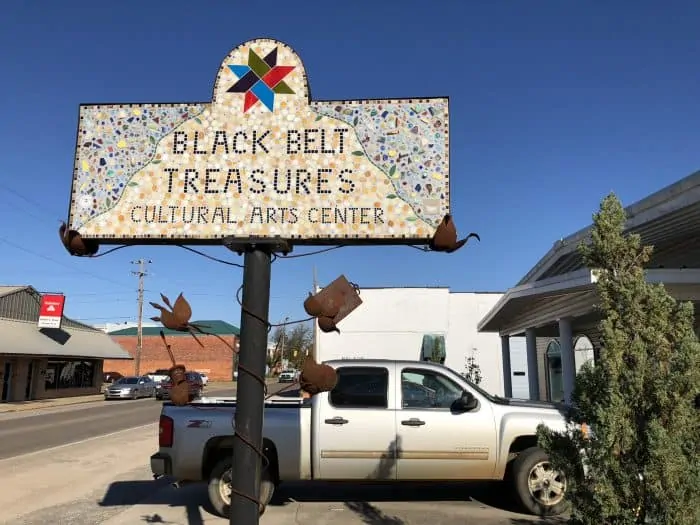
Inside tip: If you haven’t spent all your money on quilts there is an excellent selection of local food, music, arts and crafts at the non-profit, Black Belt Treasures Cultural Arts Center in nearby Camden. I brought home a “Do Rag Woman” created by Charlie “Tin Man” Lucas, one of Alabama’s top folk artist known for his unique style of working with recycled objects and repurposed tin.

Our next stop was the town of Marion (the opening scenes for Oprah’s film Selma were shot here) where we walked over to the Perry County Court House to see the historical marker commemorating the shooting of Jimmie Lee Jackson.
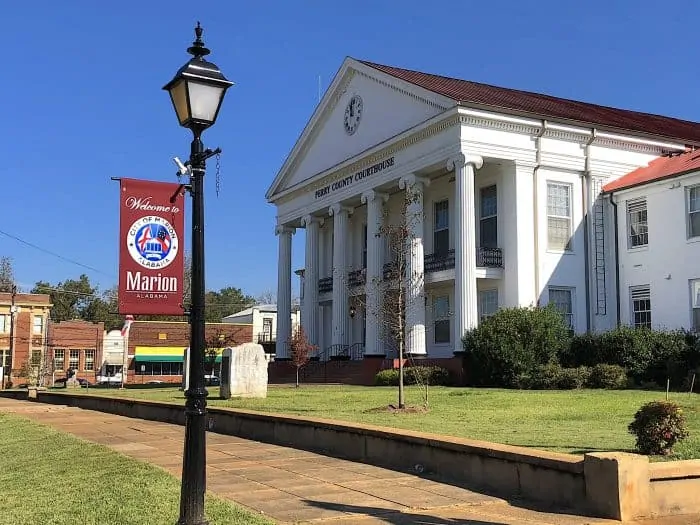
It reads ‘Gave his life in the struggle for the right to vote.’ Greatly aided by the efforts of Main Street Alabama the downtown area is working hard on beautifying the streets, getting jobs and revitalizing their community.
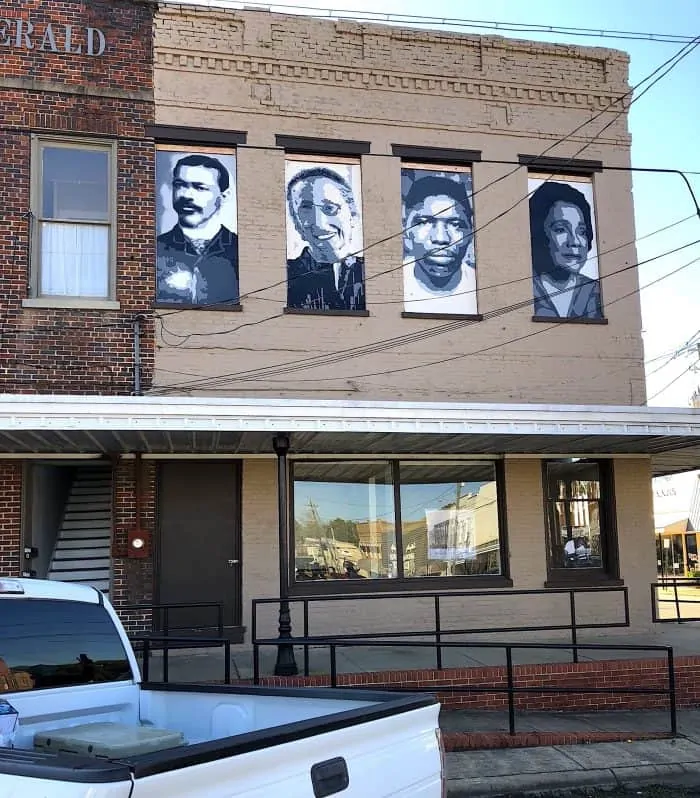
Instead of empty buildings and graffiti- covered walls; colorful planter boxes, historic photos and huge portraits of famous civil right activists now adorn the immaculate streets.
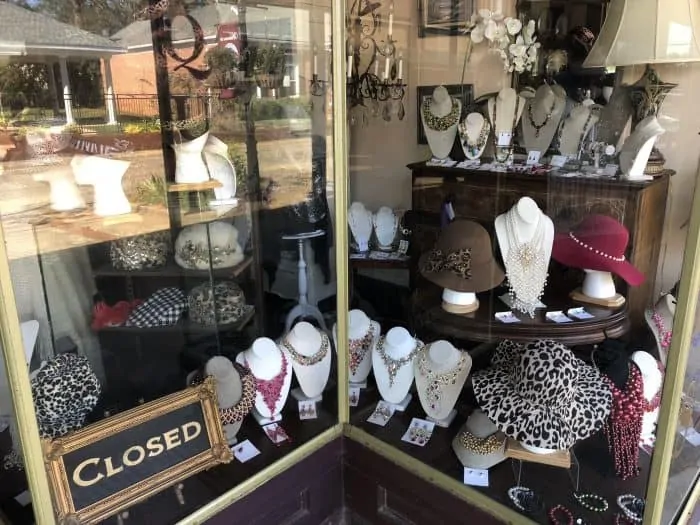
Vacant storefronts are giving way to antique stores and eclectic shops such as the Smith Building Art Gallerie, built in 1880 where w saw a wonderful photography exhibit done by third graders.
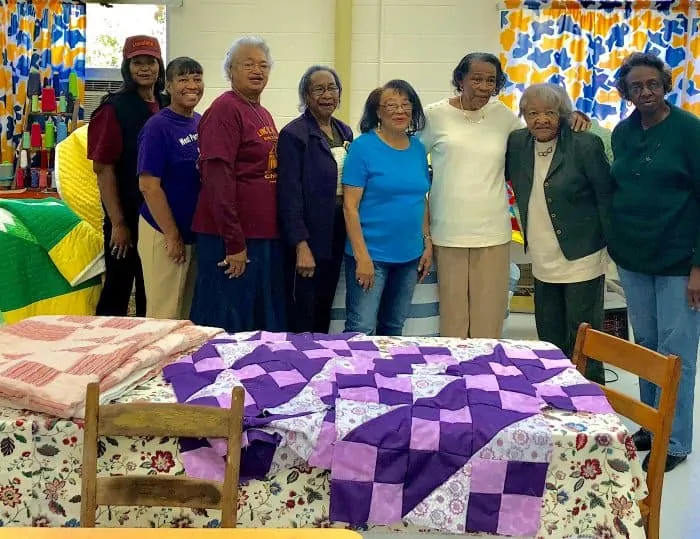
Off to visit another group of quilters at the historic Lincoln Normal School, an African American School that was started to teach newly freed slaves in 1867. Coretta Scott King is among the notable alumni. Many of these ladies were foot soldiers during the Civil Rights Movement but now it felt more like a group of old friends getting together to exchange local gossip and quilting tips. They all agreed that the best quilter by far, was Eunice Hewitt. She’s waiting for one of her grandkids to put together a website for her, but in the meantime, you can special order a quilt from her (phone: 334-683-6196).
We were feeling a bit peckish so our local guide, Cooper, took us for some tasty vittles at The Shack. Jules, normally quite the health nut, thoroughly enjoyed her first southern BBQ and made quite a dent in her piles of fried dill pickles & jalapenos!
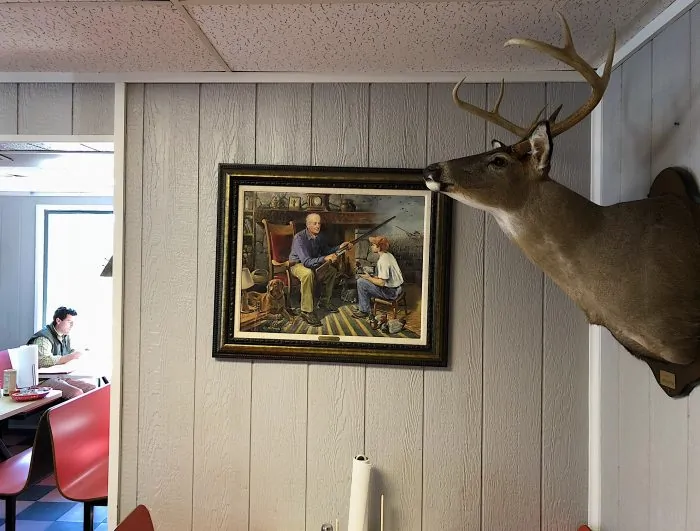
Inside Tip:
Ok…time for a little background on Cooper. When Cooper Holmes, our superb trip planner, co-founder of the Alabama Black Belt Foundation and just an all-around, supremely lovely man, invited us to see his family farm, quite frankly, I was looking for just about any excuse to get out of it. But then I told myself that since the Black Belt Area was named for its fertile, dark soil, I suppose I should go see some dirt close up.
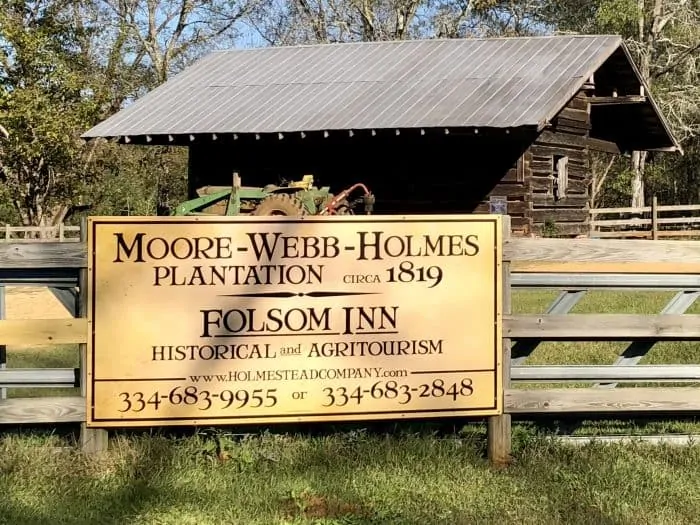
What a wonderful shocker to find out Cooper’s “family farm” was the Moore-Webb-Holmes Plantation which is listed on the National Register of Historic Places. It has been in his family since the early 1800’s and is one of Alabama’s last active plantations.
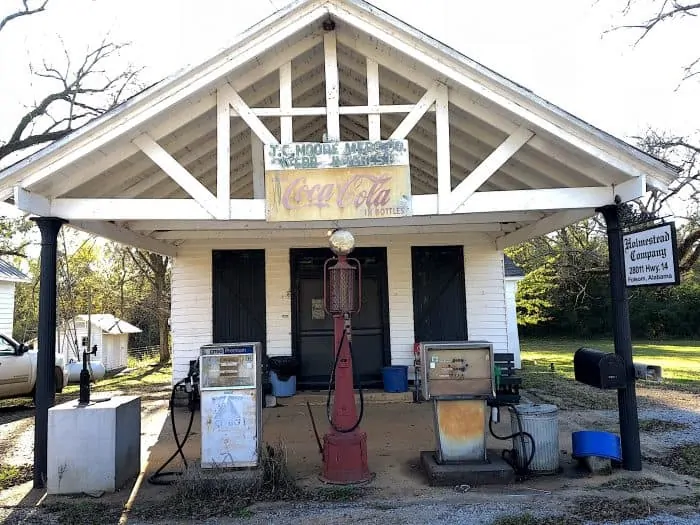
The farm has grown from the original 80 acres which William “the wagon maker” Moore homesteaded (ask to see the original deed signed by Andrew Jackson) into thousands of acres. Most of the buildings, farm equipment and furnishings are original to the site.
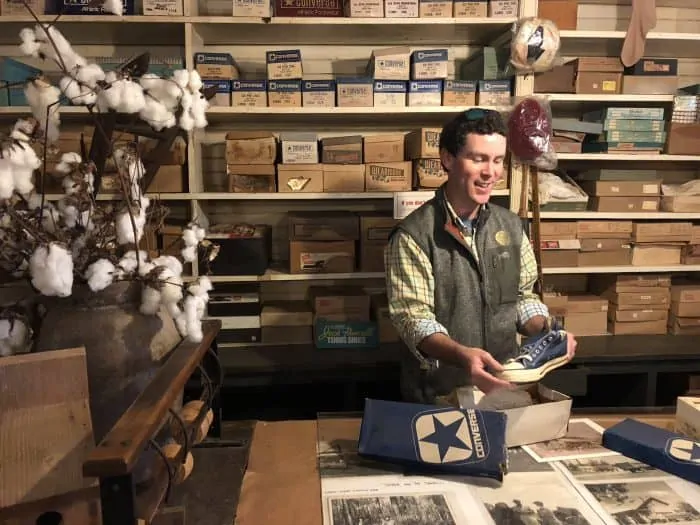
The Country Store is literally like entering a time machine since the shelves have not been touched since the days when sharecroppers could buy everything from long johns to castor oil.
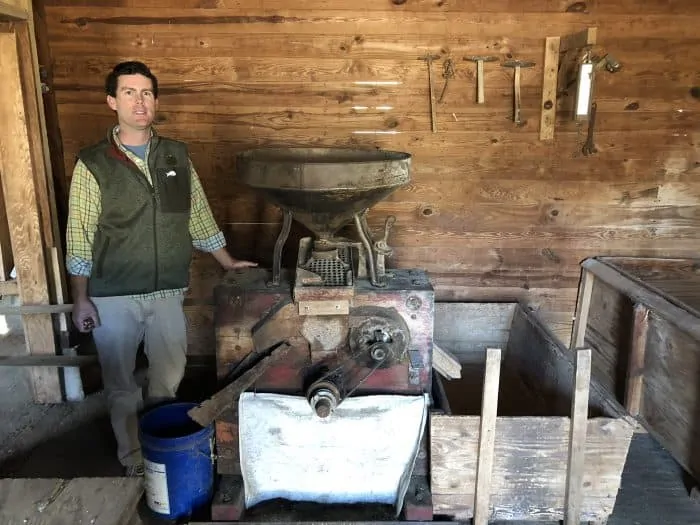
Cooper took us all around the property us, showing us the old blacksmith shop filled with original tools, the first cotton gin in the log seed house, a carriage house, a potato house with a pit for the storing vegetables, the weaving house, a canning house, the overseer’s house, tenant quarters, a firehouse with a 1930s fire engine, and a two-story early Federal/Greek Revival style house with clapboards covering the original log structure (Cooper’s home).

